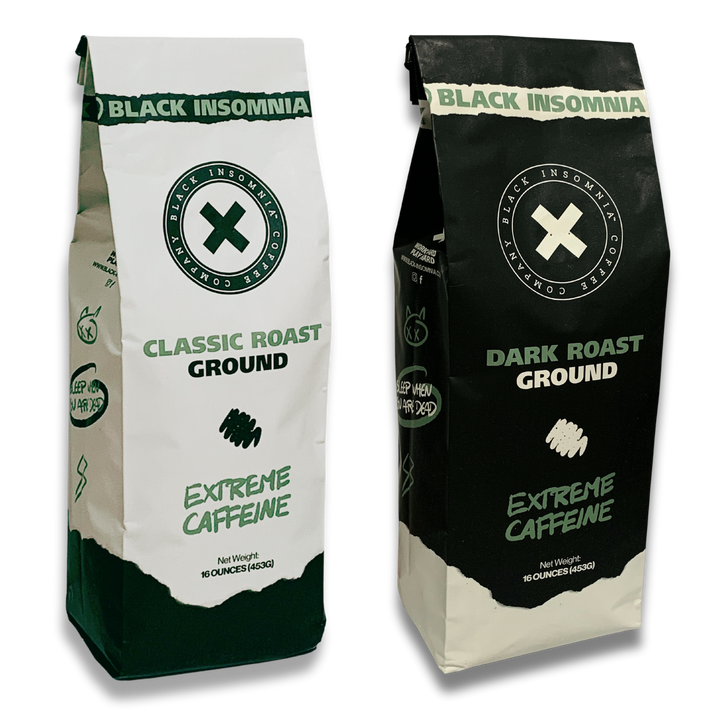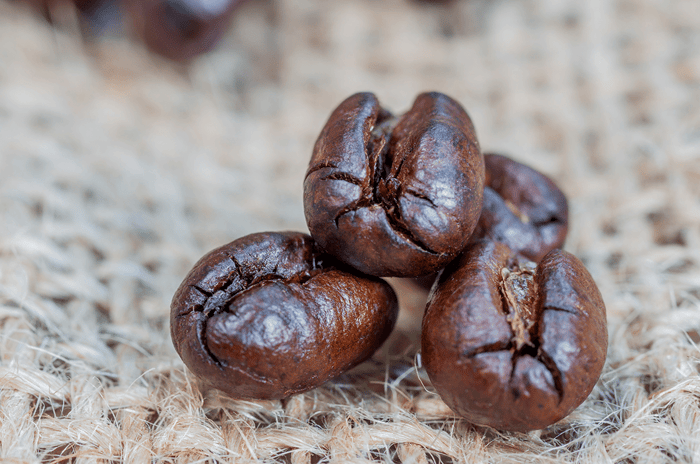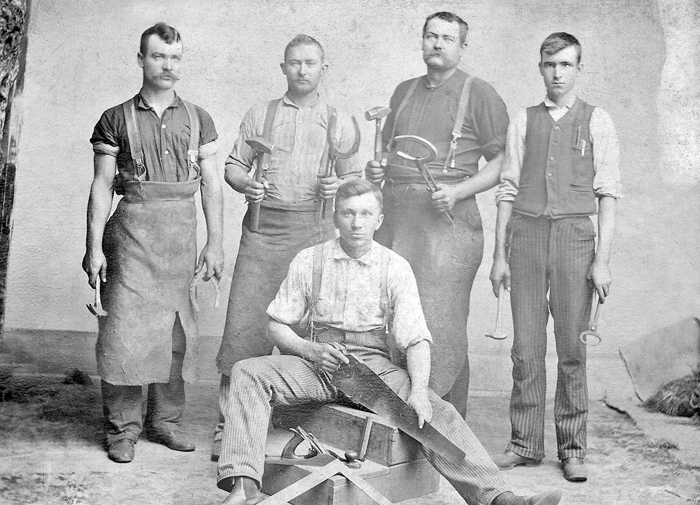One day, you walk into your local hipster coffee shop and see up on the chalkboard that they're selling some kind of coffee called "New Mexico Peaberry" or whatever. You consider it—then you notice that it costs twice as much as all the other coffee blends.
You ask the barista what's so special about this coffee, and she tells you that it's made from a type of bean that's more expensive, because it's rare. She says it's worth the extra dosh because the taste is so unique and delicious.
But you're not convinced. You've been drinking coffee for years, and you've never heard of this "New Mexico Peaberry" stuff before. In fact, you're pretty sure they don't grow coffee beans in New Mexico at all—at least, you didn't see any the last time you were in Las Cruces (under mysterious circumstances).
So you hold onto your dosh—for now—and let her know you're going to go home and look up what Jake has to say about peaberry beans.
"Can't you just look it up on your phone?" she suggests, "And who's Jak--"
But it's too late—in a flash, you're already gone.
Well, I'm Jake and I’m here to tell you that peaberry coffee is a thing. In fact, it’s more than a thing. It's a mutant coffee bean.
The peaberry (also called caracol in Spanish) variety of coffee is a naturally occurring mutation found in some arabica and robusta beans, where only one bean grows inside the coffee cherry instead of two.
It's not a different species, just a variation that occurs.
It seems like no one really knows why this variation occurs, it just does.
Peaberry coffee beans are generally sorted out from the other beans and either sold separately or blended to produce a more uniform coffee.
Peaberries will make up only about 5% of a total coffee crop, and they're prized by some roasters because of this rarity.
They also tend to be more expensive because of this rarity—shocking, I know. But it's at least somewhat justified, since the peaberry beans need to be sorted by hand, which is pretty time consuming.

Okay—so, they're rare... if you consider 5% of beans rare. It takes a long time for people to sort them by hand.
Is there any difference in taste or aroma?
Slightly, according to some people. Some people say peaberry coffee tastes brighter and more “complex”—a word that often means “I don’t really know how to describe this but I want to sound like I do.”
According to other people, there’s no detectable difference at all.
So there you have it.
Whether or not the expensive “reserve” pricing on peaberry blends is completely justified, I'm just glad peaberries turned their unusualness into a thing that some people are willing to pay big money for. It's practically a John Hughes "nerd-becomes-cool" movie waiting to happen (he's really due for another movie, come to think of it).
Peaberry beans used to be considered the "runts" of the crop, now they're the superstars, whether that's fully deserved or not.
So, there you have it—everything you need to know about the mutant coffee bean known as the peaberry.
Now march back into that coffee shop, whop your wallet on the counter, and tell those hipsters you’ll take that $13 cup of rare New Mexico Peaberry... or don't, I'm not your boss.
Extreme Caffeine Coffee Variety Bundle

$38.49
Black Insomnia Classic and Dark Roast Bundle Black Insomnia Coffee contains 6x more caffeine energy to jump start your day Caffeine content comes from a carefully selected blend of Arabica and Fine Robusta beans We roast our beans using an… read more






